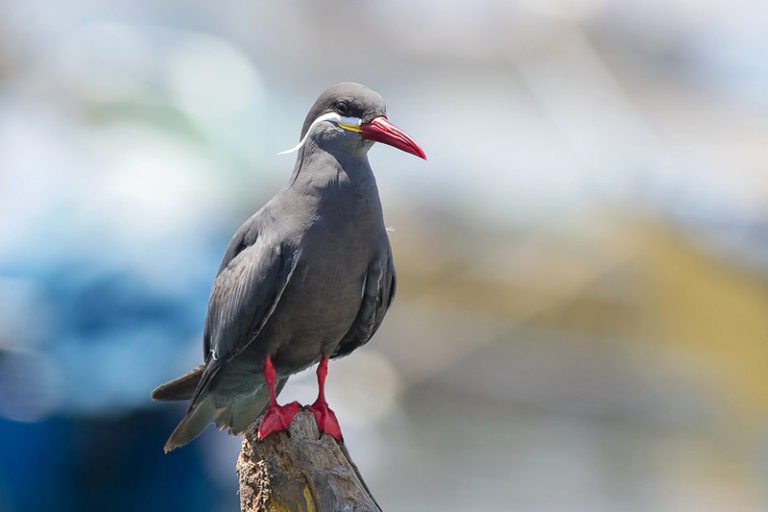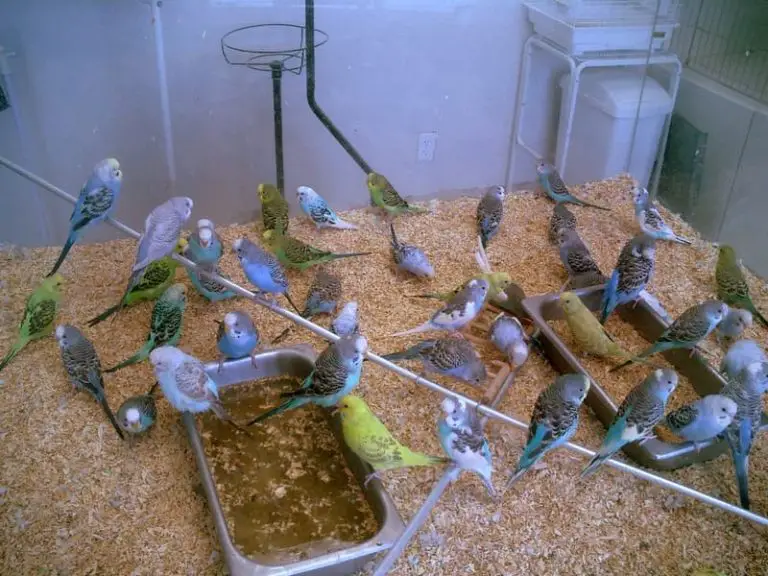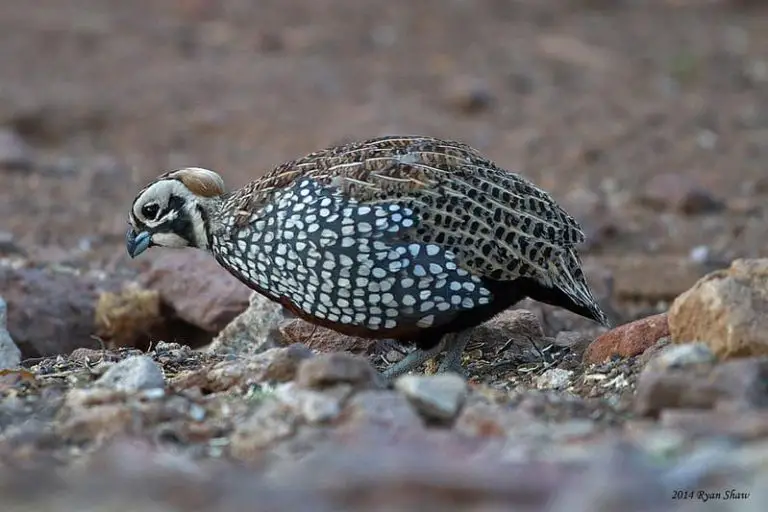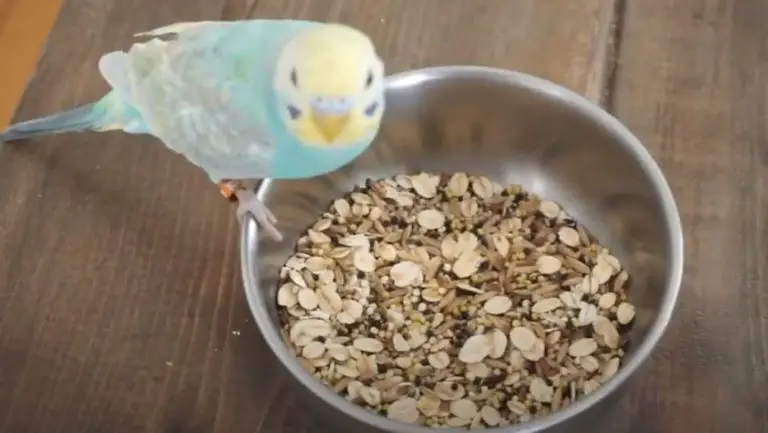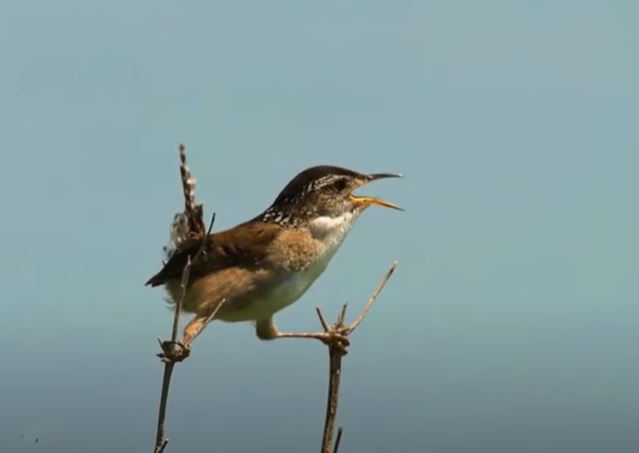Where Do Quail Sleep At Night? (Solved)

Quail in the wild are found in a wide variety of semi-open habitats, such as shrubby meadows, weedy fields, or sites where there are hedgerows or groves next to pastures or agricultural fields, At night, quail tend to sleep on the ground in circles, with the tail pointing inward and the head pointing outward.
To protect themselves from predators, quail often sleep in a way that increases their own security, which is why they usually sleep in groups of compact circles, On many occasions, when quail roost on the ground, they look for places where there is dense vegetation so as not to remain in plain sight on the ground.
Quail may sleep directly on the ground, but are also comfortable sleeping on plant material on the ground, especially in cold environments, to keep them insulated from the cold ground.
Do quails need perches to sleep on?
Quail do not sleep on perches but on the floor, therefore, there is no need for perches in a quail house. The quail house should be large enough so that you can set up different areas for the animals.
Remember that although quail can jump quite high and sometimes even attempt to fly, quail live on the ground, where they eat, sleep and socialize.
To make the life of quail more comfortable, you can put a stone with fresh forest moss in their shelter. This ensures the presence of fresh worms and lava hiding in the moss. And when the moss is dry, quail love to sleep on it.
How do quails go into the barn in the evening?
Quail love to roam freely, when night falls and the temperature drops the quail will seek shelter on their own, what you must do is provide enough hiding places for the quail to feel comfortable to enter the barn at night and you must make sure they are all inside.
Quail should never be in an open enclosure. If they were surprised, they would flutter and run away, quail do not enter a stand-alone at night and do not need perches like other poultry.
What bedding material is best for quail?
The quail house should be equipped with suitable bedding. It is best to use wood shavings, as they are large enough not to be accidentally eaten.
Wood shavings are of vegetable origin, inexpensive, and easy to obtain, but special care should be taken that they are not too fine, as the chicks could accidentally ingest them.
At the same time, the wood shavings should be small enough to be comfortable for the quails. You can also sprinkle the quail with sand, but it is very dusty, which can be dangerous for the chicks, wood shavings also retain the humidity of the environment very well, which is an important factor in keeping a quail house as humid as possible.
The absorption of humidity by the litter allows better regulation of the environmental temperature, as well as avoiding the development of microorganisms since many of them develop in conditions of high humidity and temperatures.
A good litter for very small quails, which allows regulating the chick’s temperature during the first days, should have at least 15 cm of litter for the insulation to be effective.
It is because of these characteristics that wood shavings are considered the optimal litter type used by poultry farmers as they absorb more moisture and can also be easily removed (with tools or by scratching the birds). It is followed by rice husk, which is the most commonly used.
Do quail sleep in the dark or with lights on?
Lights can be turned on for quails at night, reasonable light can enable female quails to start laying earlier and increase their egg production rate.
Cage-bred quails need about 14 hours of light a day, and at the peak of egg production, the daily light should reach about 16 hours.
It is better to use red light and ultraviolet light for illumination, when reared under red light, quails can mature early and maintain high egg production.
But in reality, it is that you keep inside the quail barn dark areas so that other quail can rest well, artificial light is not an essential requirement for the quail barn.
Can quail be kept outdoors at night in winter?
Provided they are a hardy breed (such as the Japanese laying quail), quail can, in principle, be kept outdoors in winter. These small birds can usually withstand temperatures as low as minus 15 degrees Celsius without any problems.
To be on the safe side, the outside area can be closed at night and on particularly cold winter days to protect them a little from the very cold air.
So that the frosty outside temperatures do not also prevail inside, the stable can be clad with insulation material. Styrofoam, Styrodur and cork sheets, etc. are available in every hardware store.
In spite of the generous cladding, however, sufficient air circulation must be ensured to prevent the formation of mold.
In addition, the litter should be laid out higher than usual in the cold season. This has to do with the fact that animals can bring in moisture in the open air and, in general, the litter is soaked through faster than in summer when the air humidity is high.


